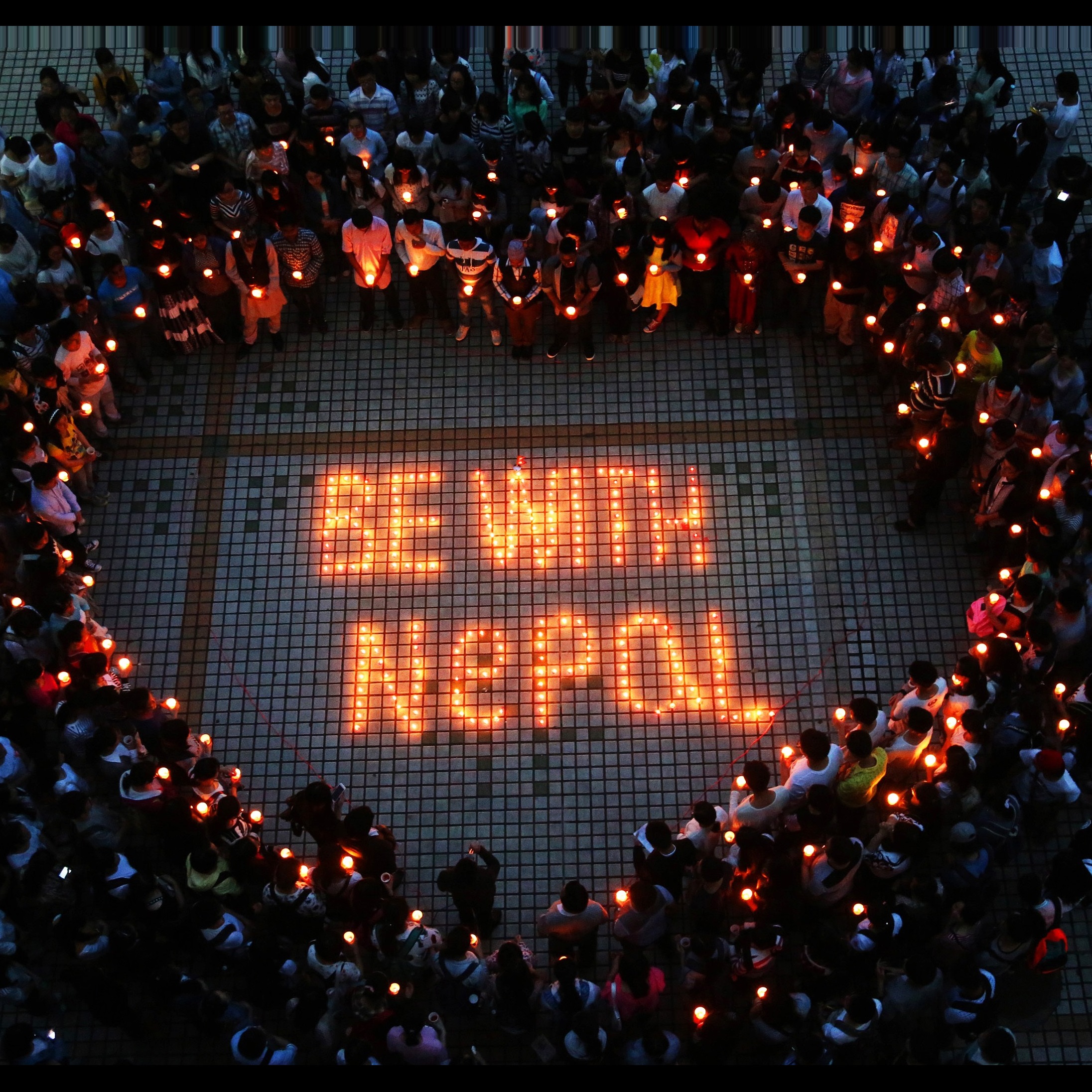अपराधीलाई सजाय दिनु र पीडित न्याय पाउनु कानूनी राज्यको अपरिहार्य तत्व हो । तर दोषीलाई सजाय दिने तौरतरिका भने देशको कानून अनुसार भिन्न भिन्न हुन्छ । कतिपय देशमा जतिसुकै गम्भीर अपराध गरेपनि अपराधीलाई मृत्युदण्डको सजाय नदिने संवैधानिक व्यवस्था हुन्छ भने कतिपय देशले हत्या, बलात्कार जस्ता अपराधमा मृत्युदण्ड दिने कानूनी व्यवस्था गरेका हुन् । मृत्युदण्डको सजाय सुनाइएको व्यक्तिलाई मृत्युदण्ड दिने तरिका पनि फरक फरक हुने गरेको छ । कतिपय देशमा अपराधीलाई दिइने सजाय यति भयानक हुन्छन् की देख्ने र सुन्नेकेा समेत जिउ काँप्न बेर लाग्दैन ।
अमेरिका, चीन, साउदी अरब, इरान, भारत, पाकिस्तान जस्ता देशहरुमा अपराधीहरुलाई विभिन्न तरिकाले मृत्युदण्ड दिइन्छ । एम्नेष्टी इन्टरनेसनलको एक तथ्यांक अनुसार सन् २०१३ मा विश्वमा ७ सय ७८ जनालाई मृत्युदण्ड दिइएको थियो । विश्वको इतिहास र वर्तमानमा समेत विभिन्न विभिन्न अपराधमा दिइने विभिन्न खाले डरलाग्दा सजायमध्ये केही यस्ता थिए र छन्-
शिर छेदन गर्ने-साउदी अरबमा गम्भीर अपराधका दोषीलाई यस्तो सजाय दिइन्छ । सन् २०१४ को अक्टोबर १५ मा त्यहाँ ५९ जना अपराधीको टाउको काटिएको थियो । खासगरि हत्या तथा बलात्कारका दोषीलाई टाउको काटेर मृत्युदण्ड दिने चलन साउदी अरबमा छ । साउदीमा मात्र होइन बेलायतमा पनि मृत्युदण्डको सजाय पाएकालाई शिर छेदन गरेर सजाय दिइन्छ ।
अपराधीलाई जिउँदै जलाउने- यद्यपि यस्तो खाले सजाय राज्यपक्षले वर्तमानमा दिने गरेको छैन । तथापि बेलायतमा मध्यकालमा राजद्रोहका आरोपितलाई जिउँदै जलाएर मृत्युदण्ड दिइन्थ्यो । सन् १४३१ मा बेलायतमा कैयौँ प्रसिद्ध मानिसहरुलाई जिउँदै जलाइएको थियो । पृथ्वीले सूर्यलाई घुम्छ भन्ने सिद्धान्त अघि सारेका कारण सन् १६०० मा इटालीका वैज्ञानिक जिआर्डिनो ब्रुनोलाई जिउँदै जलाइएको थियो ।
उम्लेको पानी वा तातो तेलमा डुबाउने- सन् १५०० तिर बेलायतमा यस्तो सजाय दिने व्यवस्था थियो । खानामा विष मिसाउने अभियुक्तहरुले यस्तो सजाय पाउँथे । १५३१ मा एक पादरीको खानामा विष मिसाएको आरोपमा एक मानिसलाई तातो तेलमा डुबाएर मारिएकेा थियो । त्यस्तै १५४२ मा मालिक्नीको खानामा विष मिसाएको आरोपमा मार्गरेट डेबी नामकी कामदारलाई उम्लिएको पानीमा डुबाएर मारिएको थियो । यद्यपि तातो पानी र तेलमा डुबाएर मृत्युदण्ड दिने यो कानून १५४७ मा खारेज भएको थियो ।
गर्धनमा झुण्डाउने- राजद्रोहका अपराधीलाई मृत्युदण्ड दिनका लागि गर्धनमा झुण्डाउने वा जिउमा बाँधेर घोडालाई दौडाएर घिसार्ने खालको कानून सन् १२४१ मा बेलायतमै लागु भएको थियो । अपराधीको सरीरका विभिन्न अंगलाई त्यसरी झुण्डाउनु वा घिसार्नु अघि नै काटिन्थ्यो र अंगका टुक्रालाई सहरका विभिन्न भागमा फ्याँकिन्थ्यो । यस्तो नृशंस सजायको अभ्यास अहिले नभएपनि अपराधीलाई झुण्डाएर मृत्युदण्ड दिने अर्थात् फाँसी दिने चलन भारत, पाकिस्तान लगायतका देशमा कायमै छ । इराकी पूर्व राष्ट्रपति सद्दाम हुसेनलाई समेत झुण्डाएर मृत्युदण्ड दिइएको थियो ।
मेसिनले जिउ काट्ने- फ्रान्सेली राज्यक्रान्ति सन् १७८९ ताकाबाट त्यहाँ यस्तो सजायको प्रचलन सुरु भएको थियो । यसरी मानिसलाई काटेर मार्ने मेसिनको नाम गिलोटिन थियो, जुन त्यस बेलाका एकजना सांसदको नाम हो । फ्रान्सेली राज्यक्रान्तिपछि त्यहाँका धेरै मानिसलाई गिलोटिनमा काटेर मृत्युदण्ड दिइएको थियो ।
शूलीमा चढाउने- इशापूर्व ७१ मा रोमान साम्राज्यको विरुद्धमा आवाज उठाउने ६ हजार मानिसहरुलाई शूलीमा चढाएर मृत्युदण्ड दिइएको थियो । सन् २०१३ मा साउदी अरेबियामा समेत अपराधीलाई शूली चढाएर मारिएको थियो ।
ढुंगाले हानेर मृत्युदण्ड दिने- मृत्युदण्डका लागि अपराधीलाई ढुंगाले हिर्काउने यो चलन अहिले पनि मध्यपूर्वका इरान तथा उत्तरी अफ्रिकाका देशहरुमा कायमै छ । सन् २०१३ मा ब्रुनाइका सुल्तानको आदेशमा एक अपराधीलाई यस्तै सजाय दिइएको थियो ।
कुर्सीमा बसालेर करेन्ट लगाउने- विजुलीको कुर्सीमा अपराधीलाई बसालेर मृत्युदण्ड दिने चलन विगतमा अमेरिकामा प्रचलनमा थियो । सन् १८८८ मा यो प्रथा सुरु भएकोमा विलियम क्याम्लरको हत्या गर्ने अभियुक्तलाई करेन्ट प्रवाहित भएको कुर्सीमा बसालेर मारिएको थियो । अपराधी कुर्सीमा बसेपछि सुरुमा १८ सेकेण्डसम्म विजुलीको झट्का दिइन्थ्यो भने दोश्रो झट्का ७० सेकेण्डको हुन्थ्यो । सन् १९९० को दशकमा यो सजायको तिब्र आलोचना भयो । – एजेन्सीहरुको सहयोगमा







